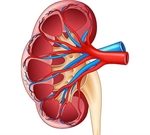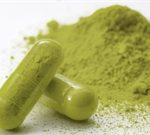
Stress abounds during the holiday season, but you can ease it, an expert says. The way to manage stress is to recognize it and take steps to minimize it so it doesn’t overwhelm you, according to Cinnamon Stetler, an associate professor of psychology at Furman University, in Greenville, S.C. One way to ease holiday stress is to avoid unrealistic expectations, such as believing the holidays will change people and family relationships. “If your stress stems from other people’s actions, that’s largely out of your control. What you can do is limit your exposure,” Stetler said in a university news release. Don’t obsess about family holiday traditions. “Reflect on why that tradition is so important to you and what about it carries the meaning. See if there’s a way to adapt the tradition while still maintaining the important pieces of it,” Stetler said. “While it is good to maintain traditions, they can cause extra stress if you feel you have to do it the same way no matter what.” Change your approach to gift-giving, which can cause financial worries. For example, instead of buying a person several gifts, choose just one or two that will be especially meaningful. And remember that material things provide only short-term happiness, while doing things for others and appreciating what you have can bring lasting happiness. Take care of yourself during… read on >

























-300x200.jpg)










